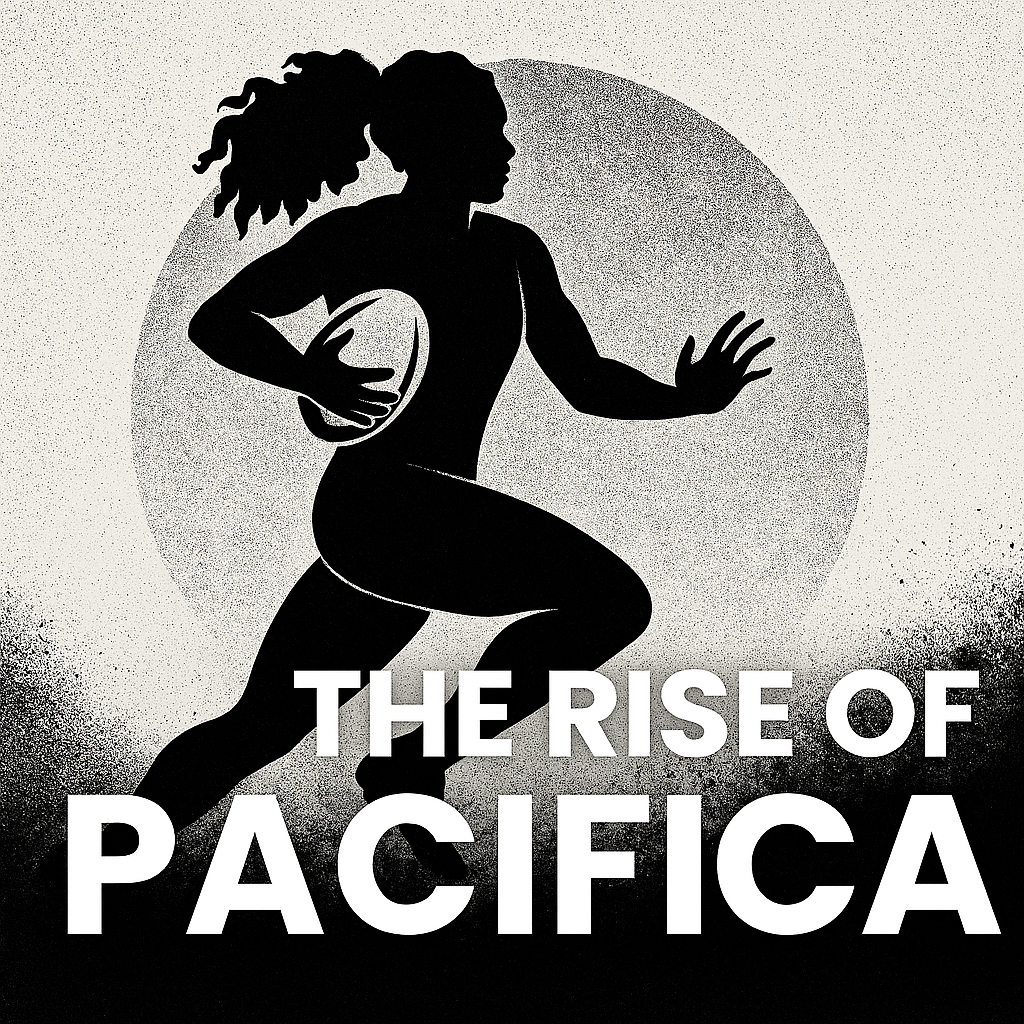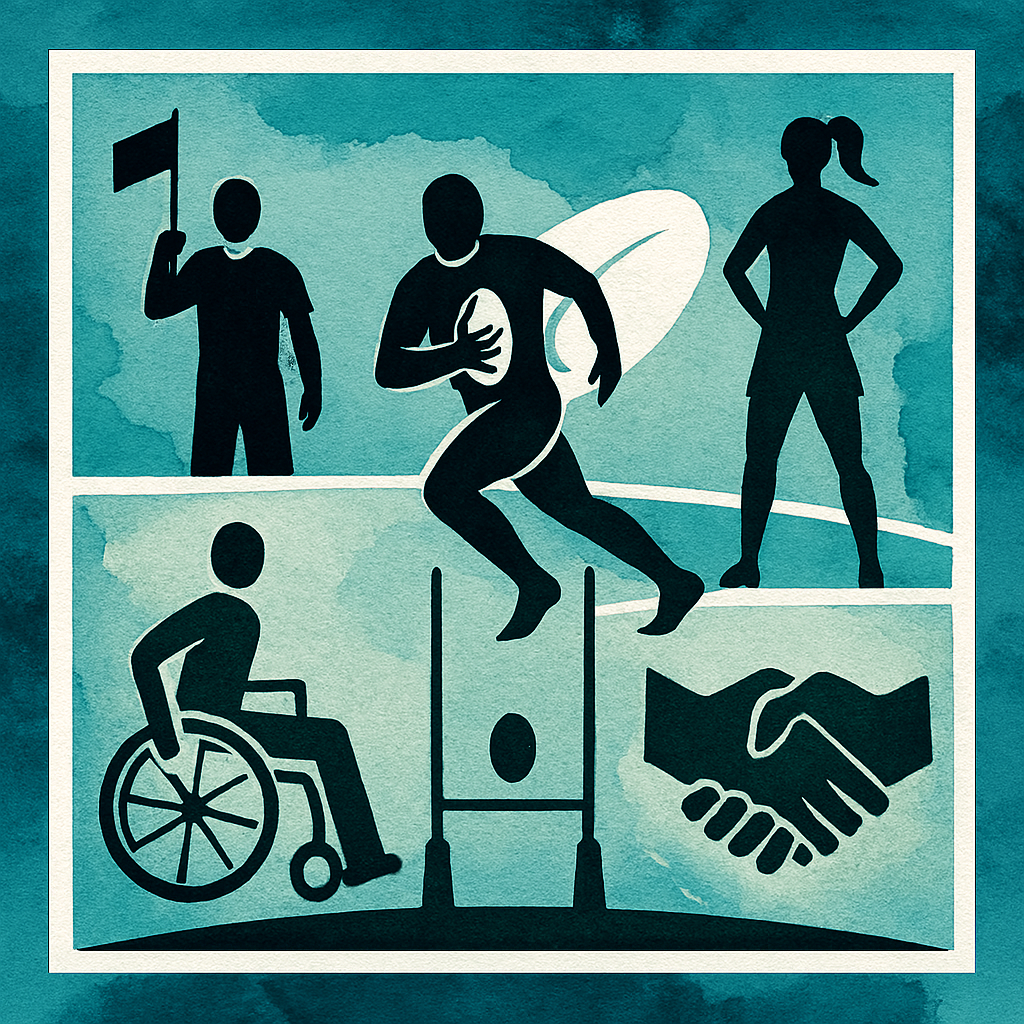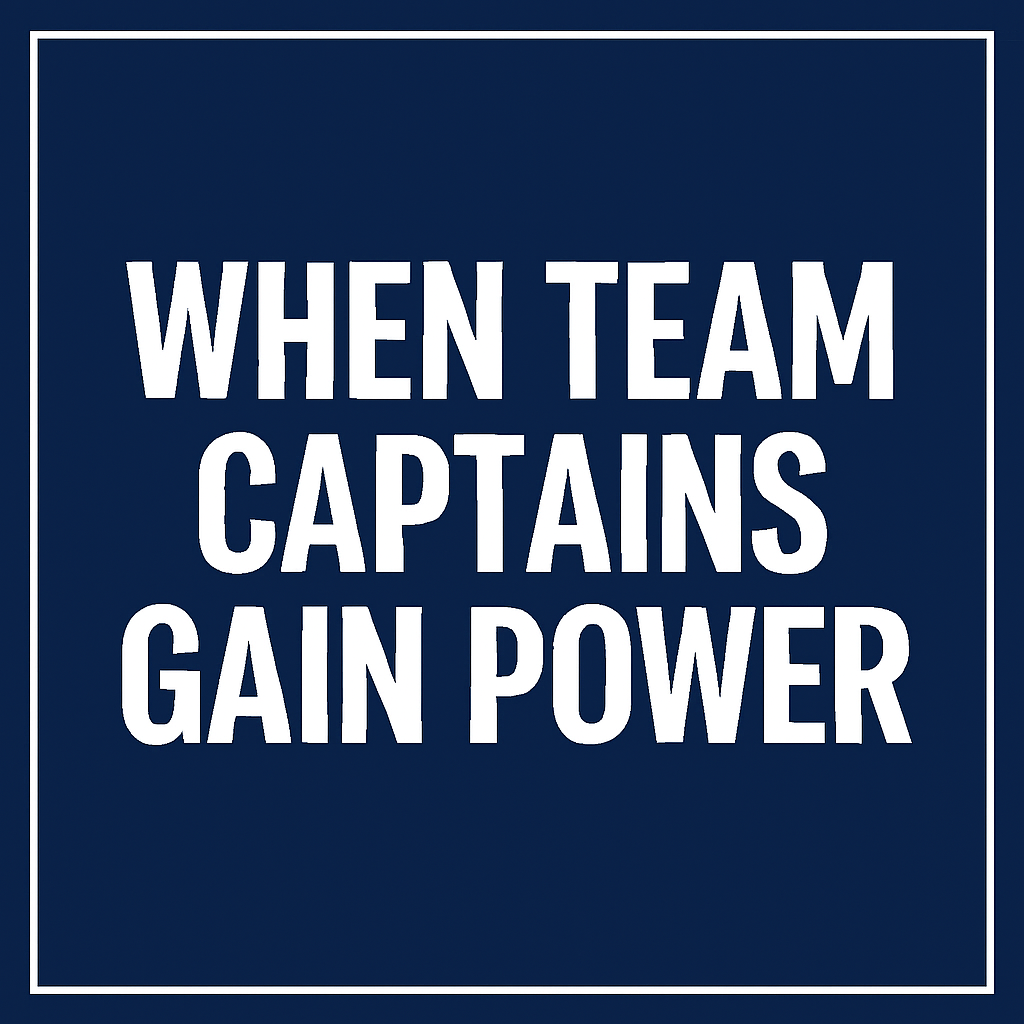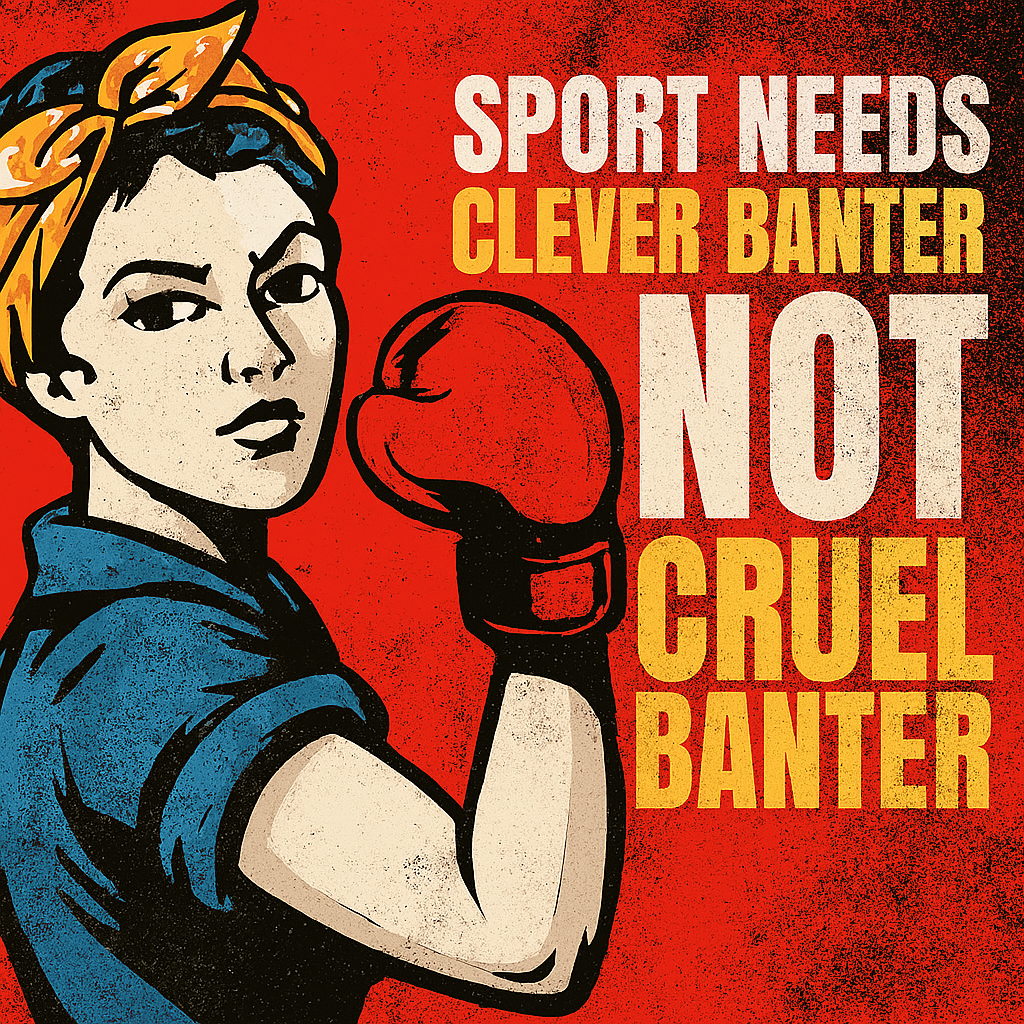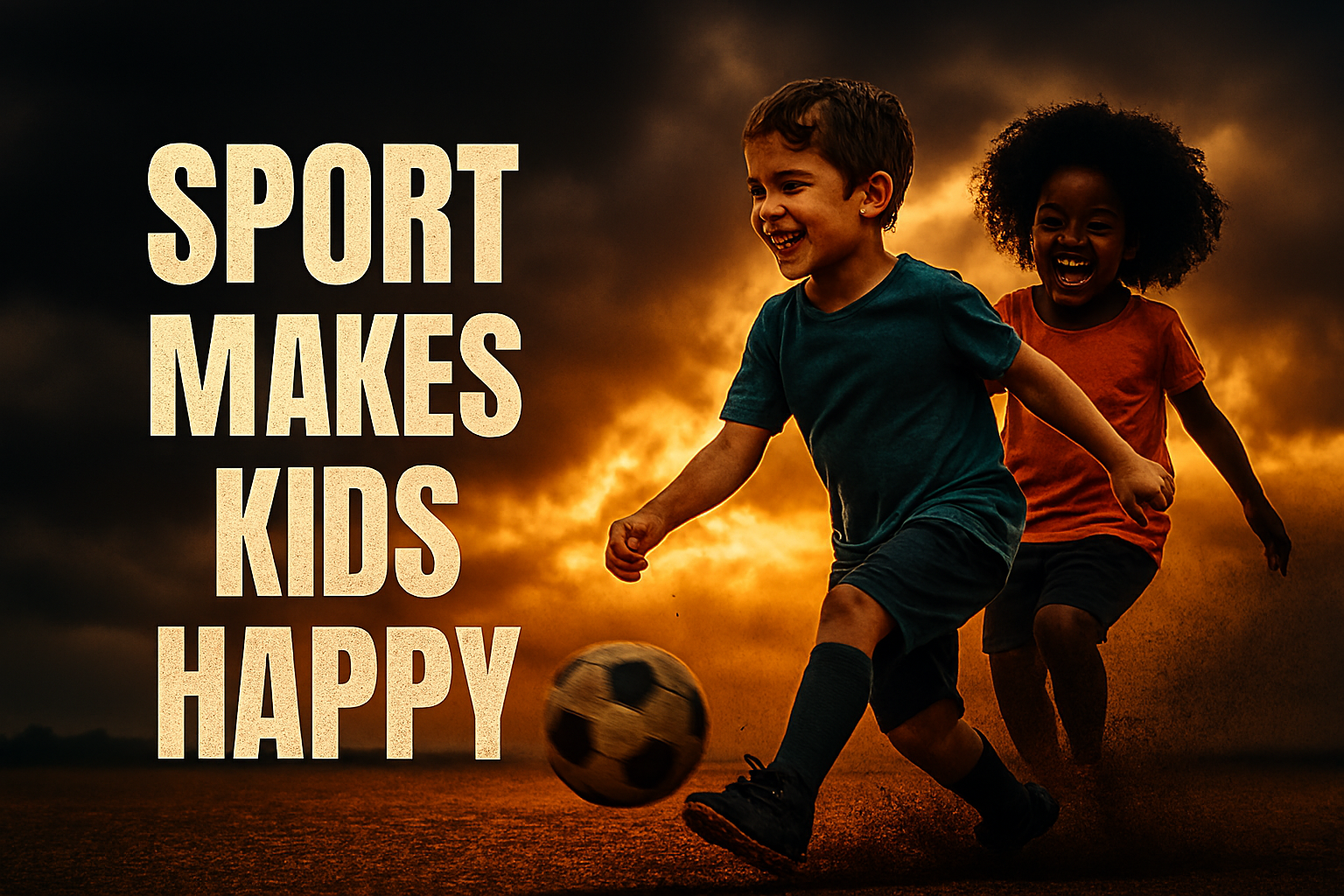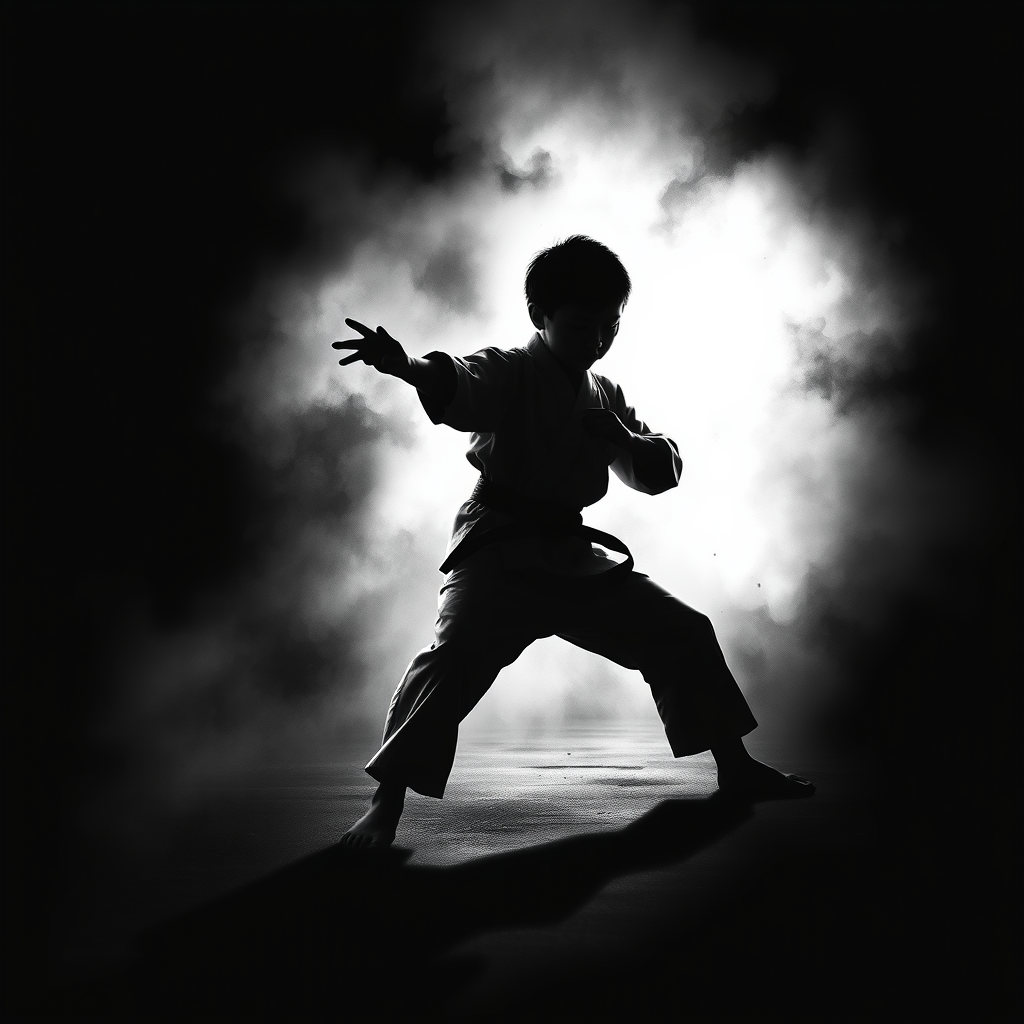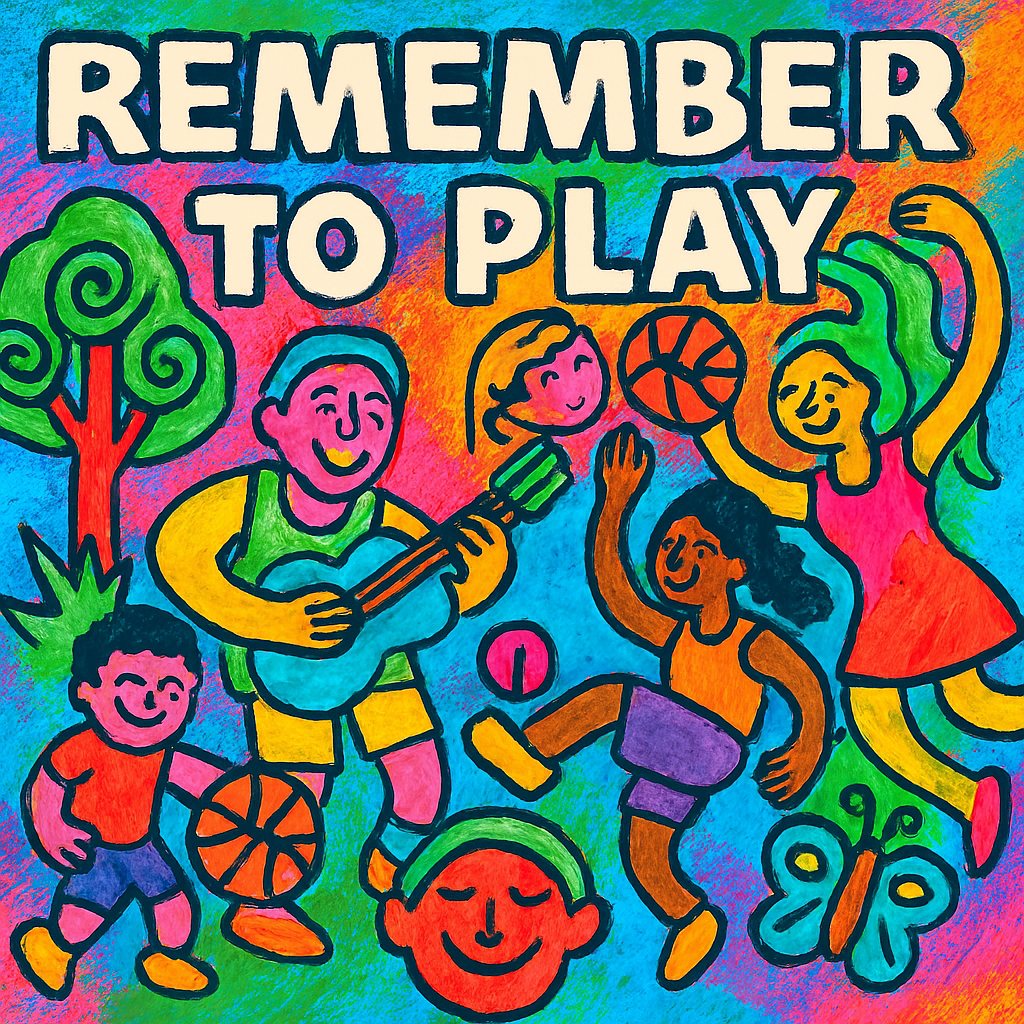Sport Winning And Losing in Sport
Winning And Losing Powerful Emotions – Emotions As The Invisible Force Behind Every Game
Winning And Losing in Sport is not just physical—it is emotional architecture in motion. Every action on the field, court, or track is shaped by internal emotional states. Athletes navigate pressure, expectation, identity, and memory with every movement. Winning and losing are not binary—they are emotional events that ripple through teams, fans, and legacies.
Winning And Losing in Sport Expectations
Winning And Losing – Emotional Outcomes That Shape Identity
Victory and defeat are not opposites—they are emotional mirrors. Winning floods the brain with dopamine and endorphins, creating a euphoric state that reinforces identity and effort. Athletes often describe a sense of timelessness, clarity, and emotional elevation. This surge can boost confidence and create lasting emotional imprints. It validates training, strategy, and personal worth. Athletes replay winning moments mentally, using them as emotional anchors. Coaches leverage these highs to build team morale. Fans mirror this joy, creating communal celebrations. Media amplifies the emotional spectacle, turning athletes into symbols of triumph. The emotional intensity of winning can be addictive. It drives athletes to chase the next high. But it also demands emotional regulation to avoid burnout. Victory is not just a result—it’s an emotional experience that reshapes perception. Athletes often struggle to replicate the emotional conditions of past wins. This pursuit can lead to innovation or exhaustion. Emotional intelligence becomes key in managing the aftermath of success. Teams that celebrate mindfully often sustain performance longer. The emotional memory of victory becomes part of an athlete’s legacy. It influences sponsorship, media portrayal, and public identity. Winning is emotional architecture in motion. It is both a peak and a mirror. Athletes who understand this dynamic gain emotional leverage. They learn to win without losing themselves.
Defeat triggers cortisol release, often leading to emotional fatigue. Athletes may experience sadness, frustration, or shame. Yet, these emotions can fuel growth. Reflection after defeat often leads to strategic refinement. Emotional pain becomes a training tool. Coaches guide athletes through post-loss analysis. This process builds resilience and emotional maturity. Teams that process loss together often emerge stronger. Emotional transparency fosters trust. Fans react emotionally to defeat, sometimes with empathy, sometimes with criticism. Media narratives around loss shape public perception. Athletes who share their emotional journey often gain respect. Defeat becomes a story of redemption. Emotional recovery is essential for long-term success. Athletes develop rituals to manage post-loss emotions. These include journaling, meditation, and team debriefs. Emotional support systems—family, teammates, psychologists—play a crucial role. Loss reveals character. It tests emotional endurance. Athletes who embrace emotional discomfort often evolve faster. Defeat is not failure—it’s emotional data. It teaches humility, patience, and perspective. Emotional processing after loss is a skill, not a weakness. It separates transient performers from enduring legends.
Emotional Contrasts In Winning And Losing
| Emotional Trigger | Victory Response | Defeat Response |
|---|---|---|
| Neurochemical Shift | Dopamine surge, endorphin release | Cortisol spike, emotional fatigue |
| Identity Impact | Validation, elevated self-worth | Questioning, vulnerability |
| Memory Encoding | Euphoric recall, motivational anchor | Reflective imprint, strategic refinement |
| Team Dynamics | Bonding, celebration, increased trust | Fracture or solidarity depending on processing |
| Media Portrayal | Heroic framing, amplified joy | Redemption arc or scrutiny |
| Fan Reaction | Communal joy, emotional identification | Empathy or criticism |
| Legacy Formation | Symbol of triumph, career highlight | Lesson in resilience, emotional depth |
| Emotional Recovery | Managed celebration, sustained momentum | Rituals, reflection, support systems |
| Performance Impact | Confidence boost, flow state | Motivation to improve, emotional recalibration |
| Long-Term Influence | Reinforces identity and public image | Shapes emotional maturity and strategic evolution |
Team Dynamics – Emotional Contagion And Collective Response
Teams are emotional ecosystems. The mood of one player can ripple through the entire squad. Emotional contagion is real—joy, frustration, anxiety, and confidence spread through subtle cues. A single celebration can lift morale. A single outburst can fracture trust. Coaches monitor emotional tone as closely as tactical execution. Winning amplifies cohesion. Shared joy fosters trust, communication, and mutual respect. Teams that celebrate together often perform better under pressure. Emotional bonding translates into tactical synergy. Defeat tests unity. Emotional fallout can either deepen solidarity or expose fault lines. Teams that process loss together—through open dialogue and mutual support—build resilience. Silence after defeat is dangerous. It breeds isolation and emotional stagnation. Emotional transparency fosters accountability. Players who express vulnerability often become emotional anchors. Leadership is emotional stewardship. Captains manage tone, not just tactics. Emotional rituals—group huddles, shared meals, post-game reflections—reinforce connection. Emotional safety allows risk-taking. Teams that feel emotionally secure play with more freedom. Emotional misalignment leads to tactical breakdowns. Trust erodes when emotions are suppressed. Coaches who ignore emotional dynamics lose strategic leverage. Emotional intelligence is a competitive advantage. It turns teams into families. Emotional cohesion is not soft—it’s structural. It determines how teams respond to pressure, adversity, and success.
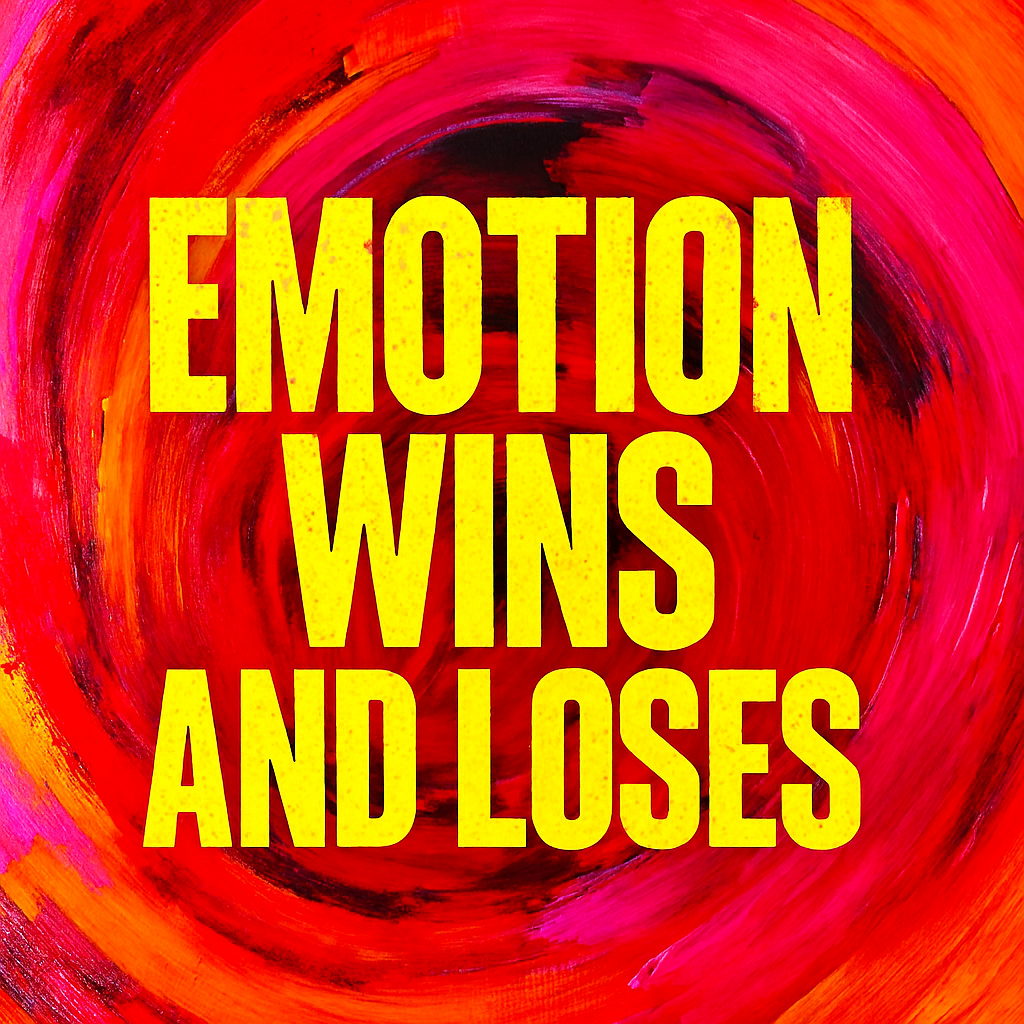
Emotional Roles Within Teams
| Role | Emotional Function | Impact On Team Dynamics |
|---|---|---|
| Captain | Tone-setter, emotional stabilizer | Anchors trust, manages pressure |
| Coach | Emotional architect, regulator of highs and lows | Shapes culture, guides recovery |
| Veteran Player | Emotional historian, mentor | Offers perspective, reinforces rituals |
| Rookie | Emotional wildcard, fresh energy | Injects enthusiasm, tests cohesion |
| Star Performer | Emotional focal point, media magnet | Amplifies highs, absorbs scrutiny |
| Bench Player | Emotional observer, silent contributor | Reflects team health, supports from margins |
| Injured Athlete | Emotional shadow, resilience symbol | Tests empathy, maintains morale |
| Support Staff | Emotional buffer, logistical calm | Stabilizes chaos, reinforces routine |
| Analyst | Emotional translator, data interpreter | Bridges emotion and strategy |
| Fan Liaison | Emotional conduit, external mirror | Channels public sentiment, manages feedback |
Coaching And Emotion – Guiding Athletes Through Highs And Lows
Coaches are emotional architects. They shape not just strategy but emotional climate. Great coaches teach athletes to recognize triggers, reframe negative thoughts, and channel emotions into performance. Techniques include mindfulness, visualization, and breathing exercises. Emotional regulation is a identity skill you can work on, not a personality trait. Coaches model emotional behavior. Their tone sets the emotional rhythm of training and competition. Celebration and consolation require timing. Coaches who master emotional timing foster trust and long-term development. Their presence becomes a stabilizing force in volatile moments. Emotional feedback is more powerful than tactical correction. Athletes respond to tone before instruction. Coaches use emotional cues to adjust tempo, intensity, and focus. Emotional literacy is now part of coaching certification. Understanding trauma, anxiety, and identity is essential. Coaches who ignore emotional context lose athletes. Burnout often stems from emotional mismanagement. Coaches who prioritize emotional health extend careers. Emotional rituals—pre-game talks, post-game reflections, symbolic gestures—build culture. Coaches who personalize emotional support build loyalty. Athletes remember emotional moments more than tactical ones. Emotional coaching is legacy work. It shapes how athletes remember their careers. Coaches who embrace emotional complexity become mentors, not just managers. Emotional fluency is the new competitive edge. It turns strategy into story.
Emotional Coaching Techniques
| Technique | Purpose | Emotional Outcome |
|---|---|---|
| Visualization | Prepares emotional state for performance | Reduces anxiety, sharpens focus |
| Breathing Exercises | Regulates physiological response | Lowers stress, increases clarity |
| Emotional Journaling | Tracks emotional patterns | Builds self-awareness, identifies triggers |
| Group Reflection | Processes collective emotion | Strengthens cohesion, normalizes vulnerability |
| Symbolic Rituals | Anchors emotional memory | Reinforces identity, builds legacy |
| One-On-One Debriefs | Personalizes emotional support | Builds trust, deepens connection |
| Tone Calibration | Adjusts emotional intensity | Prevents burnout, maintains rhythm |
| Empathy Training | Enhances emotional literacy | Improves communication, reduces conflict |
| Role Modeling | Demonstrates emotional behavior | Sets standard, reinforces culture |
| Recovery Planning | Anticipates emotional fallout | Builds resilience, prepares for adversity |
Media And Emotion – Public Narratives And Athlete Psychology
Media amplifies emotion. A tearful celebration or a devastated reaction becomes viral content. These portrayals shape public empathy and athlete branding. Emotional storytelling drives engagement. Athletes become symbols of triumph, heartbreak, or redemption. Media selects emotional moments to build narrative arcs. These arcs influence sponsorship, legacy, and public perception. Constant media attention heightens emotional stress. Athletes feel pressure to perform emotionally—smiling in victory, stoic in defeat. Managing this emotional performance becomes part of the job. Emotional misrepresentation can distort identity. Athletes often feel misunderstood. Media training now includes emotional literacy. Athletes learn to navigate interviews, press conferences, and social media with emotional strategy. Emotional vulnerability can be weaponized. A single emotional moment can define a career. Media narratives around emotion shape cultural norms. They influence how fans interpret joy, grief, and resilience. Emotional moments become memes, headlines, and documentaries. Athletes who control their emotional narrative gain autonomy. Emotional storytelling is a form of branding. It turns performance into myth. Media can elevate or erode emotional health. Responsible journalism respects emotional complexity. Sensationalism exploits it. Athletes now curate their own emotional stories through personal platforms. Emotional authenticity becomes a strategic asset. Media and emotion are now intertwined. They co-author legacy.
Fans And Emotion – The Spectator’s Emotional Investment
Fans are emotional participants, not passive observers. They live through athletes, projecting hopes, fears, and identity onto performance. A win feels personal. A loss feels communal. Emotional identification creates powerful feedback loops. Athletes carry not just their own emotions but those of thousands. Stadiums become emotional amplifiers. Chants, cheers, and silence shape the emotional atmosphere. Fans influence tempo, confidence, and momentum. Emotional volatility is part of the spectacle. Joy erupts in seconds. Anger simmers for seasons. Social media intensifies emotional immediacy. Reactions are instant, global, and often unfiltered. Athletes absorb this emotional energy. Some thrive on it. Others retreat. Emotional boundaries blur. Fans feel entitled to emotional access. Athletes become emotional avatars. Emotional loyalty drives merchandise, attendance, and legacy. Betrayal—real or perceived—triggers emotional backlash. Transfers, retirements, and slumps become emotional events. Fan rituals—jerseys, chants, tattoos—symbolize emotional commitment. Emotional memory shapes fandom. Iconic moments become emotional anchors. Fans pass emotional narratives across generations. Emotional storytelling becomes cultural heritage. Athletes who engage emotionally build lasting bonds. Emotional transparency fosters empathy. Fans forgive flaws when emotions feel authentic. Emotional manipulation erodes trust. Authenticity is emotional currency. Fans want to feel, not just watch. Sport becomes emotional theatre.
Spectator Emotional Archetypes
| Fan Type | Emotional Behavior | Impact On Athlete Experience |
|---|---|---|
| Diehard Loyalist | Deep emotional identification, unwavering support | Provides stability, emotional reinforcement |
| Fair-Weather Follower | Emotionally reactive, tied to outcomes | Adds pressure, erodes trust during slumps |
| Critical Analyst | Emotionally detached, focused on performance | Offers strategic feedback, lacks emotional empathy |
| Nostalgic Historian | Anchored in emotional memory, reveres legacy | Elevates emotional stakes, resists change |
| Youthful Enthusiast | Emotionally expressive, idealistic | Energizes atmosphere, amplifies highs and lows |
| Tribal Defender | Emotionally territorial, defends team identity | Intensifies rivalries, fuels emotional conflict |
| Empathetic Observer | Emotionally attuned, values athlete wellbeing | Supports recovery, fosters emotional safety |
| Social Media Reactor | Emotionally impulsive, digitally vocal | Shapes public narrative, adds emotional volatility |
| Ritual Keeper | Emotionally symbolic, maintains traditions | Reinforces emotional continuity, deepens legacy |
| Emotional Archivist | Curates emotional moments, builds cultural memory | Preserves emotional history, shapes future fandom |
Emotion And Performance – The Neuropsychology Of Winning And Losing
Emotion alters physiology. Heart rate, breathing, and muscle tension shift with emotional states. Anxiety tightens muscles. Joy loosens movement. Emotional regulation affects coordination, timing, and decision-making. Athletes train emotional control as rigorously as physical technique. Neurotransmitters—dopamine, serotonin, cortisol—shape emotional experience. Dopamine enhances focus and motivation. Cortisol impairs memory and reaction time. Emotional states influence perception. Confidence expands awareness. Fear narrows focus. Emotional memory affects anticipation. Athletes who associate venues with past success perform better. Emotional triggers—crowd noise, uniforms, rituals—activate performance states. Emotional fatigue mimics physical exhaustion. Recovery requires emotional rest. Sleep, reflection, and emotional detachment restore balance. Emotional resilience predicts longevity. Athletes who rebound emotionally last longer. Emotional intelligence enhances adaptability. It allows athletes to adjust under pressure. Emotional suppression leads to burnout. Expression and processing are essential. Emotional rituals—music, visualization, breathing—prepare the nervous system. Coaches integrate emotional training into warm-ups. Emotional feedback loops shape momentum. A single emotional shift can change a match. Emotional awareness is tactical. Athletes who read emotional cues gain strategic advantage. Emotion is not noise—it is signal. It reveals readiness, vulnerability, and intent. Emotional mastery is performance mastery.
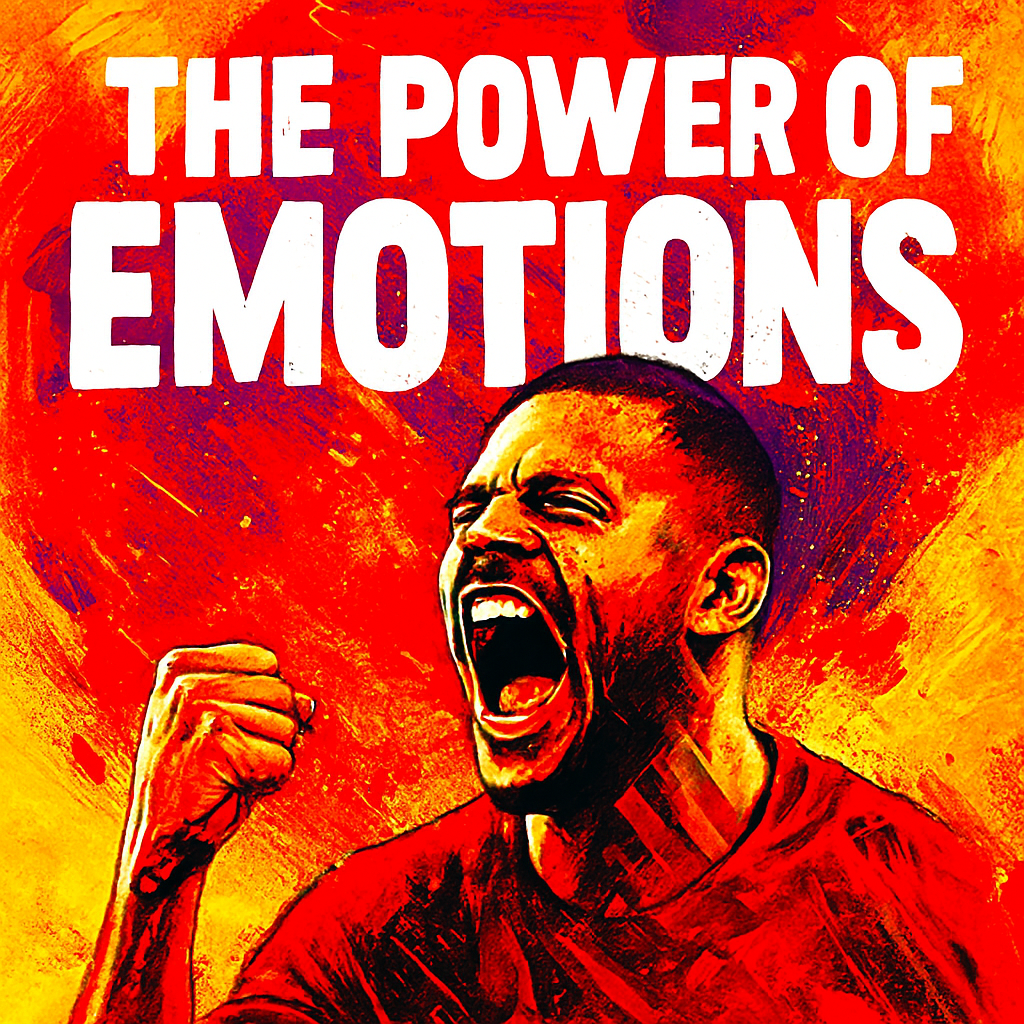
Neuroemotional Performance Factors
| Factor | Emotional Influence | Performance Outcome |
|---|---|---|
| Dopamine | Motivation, reward anticipation | Enhances focus, drives effort |
| Cortisol | Stress response, emotional overload | Impairs memory, slows reaction |
| Serotonin | Mood regulation, emotional stability | Supports consistency, reduces impulsivity |
| Heart Rate Variability | Emotional flexibility, stress recovery | Predicts resilience, reflects readiness |
| Muscle Tension | Emotional arousal, anxiety | Affects coordination, increases injury risk |
| Breathing Rhythm | Emotional regulation, focus | Controls tempo, sharpens decision-making |
| Emotional Memory | Past emotional imprint, context sensitivity | Shapes anticipation, influences confidence |
| Visual Processing | Emotion-linked perception shifts | Alters awareness, affects tactical choices |
| Sleep Quality | Emotional recovery, cognitive reset | Restores clarity, prevents emotional fatigue |
| Emotional Rituals | Pre-performance emotional priming | Anchors mindset, enhances readiness |
Emotion And Legacy – How Feelings Shape Career Memory
Legacy is emotional narrative. Athletes are remembered not just for stats but for emotional moments. A tearful celebration. A defiant comeback. A graceful exit. These moments become emotional anchors in public memory. Emotion shapes how careers are retold. Triumphs become symbols. Failures become lessons. Emotional vulnerability humanizes greatness. Fans connect through emotion, not perfection. Athletes who share emotional journeys build lasting bonds. Emotional storytelling becomes legacy architecture. Documentaries, interviews, and memoirs frame careers emotionally. Emotional resonance outlasts performance. Athletes who evoke emotion become cultural icons. Emotional missteps also shape legacy. Outbursts, breakdowns, and controversies leave emotional scars. Redemption arcs rely on emotional transparency. Legacy is emotional coherence. It reflects how athletes made people feel. Emotional rituals—farewell speeches, jersey retirements, symbolic gestures—cement legacy. Emotion turns careers into myths. Athletes curate emotional legacy through public choices. Silence is also emotional strategy. Some protect legacy by withholding emotion. Others amplify it through openness. Emotional legacy influences post-career opportunities. It shapes media roles, endorsements, and public trust. Emotion is the bridge between performance and memory. Athletes who understand this build legacy with intention. They become emotional architects of their own myth.
Emotional Rituals – Anchoring Identity Through Repetition And Symbolism
Rituals are emotional architecture. They stabilize athletes before competition and help them recover after. Emotional rituals are not superstition—they are symbolic anchors. A specific song, a prayer, a handshake, a stretch—each carries emotional weight. These rituals regulate nervous systems. They signal readiness. They create emotional continuity across games, seasons, and careers. Rituals are often private. Some are shared. Team rituals build cohesion. Individual rituals build identity. Emotional rituals evolve over time. They reflect maturity, trauma, and transformation. Athletes often develop rituals after emotional turning points. A comeback. A loss. A breakthrough. Rituals become emotional shorthand. They compress memory into action. Coaches respect rituals. They integrate them into warm-ups and cooldowns. Emotional rituals are also cultural. They reflect heritage, belief, and community. Some rituals are inherited. Others are invented. Emotional rituals are passed down. Veterans teach rookies. Parents teach children. Rituals are emotional choreography. They shape how athletes enter and exit performance. Emotional rituals are also protective. They buffer against chaos. They offer control in uncontrollable environments. Rituals are emotional armor. They prepare athletes to face pressure, scrutiny, and uncertainty. Emotional rituals are legacy tools. They outlast careers. They become part of the myth.
Symbolic Emotional Rituals In Sport
| Ritual Type | Symbolic Function | Emotional Outcome |
|---|---|---|
| Pre-Game Music | Emotional priming, identity reinforcement | Focus, confidence, emotional elevation |
| Team Huddle | Collective bonding, shared intention | Unity, trust, emotional synchronization |
| Personal Prayer | Spiritual grounding, emotional clarity | Calm, purpose, resilience |
| Jersey Touch | Symbolic connection to legacy | Motivation, emotional continuity |
| Tunnel Walk | Transition ritual, emotional threshold | Readiness, emotional activation |
| Post-Game Reflection | Emotional processing, memory encoding | Growth, closure, emotional recovery |
| Victory Gesture | Emotional signature, legacy imprint | Joy, identity, public resonance |
| Loss Ritual | Emotional containment, symbolic reset | Acceptance, resilience, emotional detachment |
| Locker Room Silence | Emotional respect, collective mourning | Solidarity, empathy, emotional depth |
| Farewell Ceremony | Emotional closure, legacy transfer | Gratitude, transformation, emotional release |
Youth Development – Emotional Foundations For Future Performance
Youth sport is emotional education. Young athletes learn not just technique but emotional literacy. They experience joy, frustration, fear, and pride in concentrated doses. Coaches shape emotional habits early. Praise, correction, and emotional modeling leave lasting imprints. Emotional safety is essential. Young athletes need space to fail emotionally. Overemphasis on winning distorts emotional development. Emotional resilience begins with emotional permission. Crying, celebrating, reflecting—these are emotional skills. Parents play a critical role. Their emotional tone sets the baseline. Supportive parents foster emotional exploration. Critical parents create emotional suppression. Youth sport is also emotional socialization. Teammates become emotional mirrors. Peer dynamics shape confidence and vulnerability. Emotional rituals begin early. A lucky sock. A handshake. A chant. These rituals become emotional anchors. Emotional trauma also begins early. Injuries, exclusion, humiliation—these leave emotional scars. Coaches must recognize emotional signals. Withdrawal, aggression, perfectionism—these are emotional symptoms. Emotional literacy should be taught alongside drills. Visualization, breathing, journaling—these are emotional tools. Youth sport is emotional rehearsal. It prepares athletes for adult pressure. Emotional intelligence predicts long-term success. Athletes who learn emotional regulation early adapt faster. Emotional memory shapes sport identity. A joyful childhood in sport builds lasting passion. Emotional burnout begins in youth. Prevention requires emotional awareness. Youth sport is emotional legacy in formation.
Emotional Development In Youth Athletes
| Development Stage | Emotional Focus | Support Strategy |
|---|---|---|
| Early Childhood | Joy, exploration, emotional safety | Encouragement, play-based rituals |
| Middle Childhood | Confidence, peer bonding, emotional expression | Team-building, emotional literacy tools |
| Early Adolescence | Identity, vulnerability, emotional regulation | Mentorship, emotional modeling |
| Late Adolescence | Pressure, resilience, emotional autonomy | Reflection, emotional coaching |
| Transition To Elite | Performance anxiety, emotional detachment | Recovery rituals, emotional boundaries |
| Injury Phase | Emotional grief, fear of exclusion | Empathy, emotional reintegration |
| Selection/Rejection | Self-worth, emotional comparison | Reframing, emotional support systems |
| Parental Influence | Emotional tone, expectation management | Education, emotional feedback training |
| Peer Dynamics | Emotional mirroring, social identity | Conflict resolution, emotional safety protocols |
| Legacy Formation | Emotional memory, career narrative | Storytelling, symbolic rituals |
Symbolic Emotional Moments – When Feeling Becomes Myth
Some moments transcend performance. They become emotional symbols. A tear during a national anthem. A hug after defeat. A scream after victory. These moments are remembered not for technique but for feeling. They become emotional shorthand for entire careers. Fans replay them. Media immortalizes them. Athletes carry them. Symbolic emotional moments are unpredictable. They erupt spontaneously. They reveal truth. They collapse the boundary between athlete and human. These moments are often silent. A look. A gesture. A pause. They speak louder than stats. Symbolic emotional moments shape legacy. They become emotional anchors in public memory. They are passed down. They become part of sport folklore. Athletes often don’t plan them. They emerge from emotional authenticity. Symbolic moments are emotional thresholds. They mark transformation. A retirement. A comeback. A breakthrough. These moments are emotionally contagious. They ripple through fans, teams, and communities. They become emotional reference points. Athletes revisit them in interviews, memoirs, and documentaries. Symbolic emotional moments are emotional truth. They reveal what sport means. They show why it matters. They are emotional punctuation marks. They end chapters. They begin myths. They are not just remembered—they are felt.

Iconic Emotional Moments In Sport
| Moment Type | Symbolic Meaning | Emotional Legacy |
|---|---|---|
| Tearful Anthem | National pride, emotional vulnerability | Cultural resonance, emotional unity |
| Post-Defeat Embrace | Empathy, sportsmanship, emotional depth | Redemption, emotional maturity |
| Victory Scream | Release, triumph, emotional climax | Identity, emotional signature |
| Farewell Wave | Closure, gratitude, emotional transition | Legacy, emotional imprint |
| Comeback Gesture | Resilience, defiance, emotional rebirth | Myth-making, emotional inspiration |
| Silent Pause | Reflection, emotional gravity | Respect, emotional weight |
| Jersey Kiss | Loyalty, emotional connection | Symbolic branding, emotional continuity |
| Crowd Tears | Communal emotion, shared identity | Cultural memory, emotional bonding |
| Bench Reaction | Emotional authenticity, team unity | Depth, emotional transparency |
| Final Look Back | Emotional summary, career reflection | Mythic closure, emotional echo |
Emotional Recovery – Rebuilding After Highs And Lows
Recovery is not just physical—it is emotional reconstruction. After intense competition, athletes must process emotional residue. Victory leaves adrenaline spikes and emotional elevation. Defeat leaves cortisol and emotional depletion. Both require emotional recalibration. Recovery rituals help athletes return to baseline. Sleep, solitude, reflection, and emotional detachment are essential. Emotional recovery is often invisible. It happens in silence, in private, away from cameras. Coaches monitor emotional fatigue as closely as muscle strain. Emotional burnout mimics physical injury. It erodes motivation, clarity, and resilience. Recovery is not passive—it is active emotional work. Athletes journal, meditate, and decompress. Emotional recovery is also social. Conversations with teammates, family, and mentors restore emotional balance. Emotional recovery is cyclical. It happens after every game, every season, every career phase. Athletes who neglect emotional recovery risk collapse. Emotional recovery is also symbolic. A walk, a ritual, a gesture can signal emotional reset. Emotional recovery is not weakness—it is strength. It allows athletes to sustain performance over time. Emotional recovery builds emotional intelligence. It teaches athletes to listen to their emotional rhythms. Recovery is emotional hygiene. It clears emotional residue. It prepares athletes for the next emotional wave. Emotional recovery is legacy maintenance. It preserves emotional clarity across decades.
Emotional Recovery Modalities
| Recovery Type | Emotional Function | Outcome For Athlete |
|---|---|---|
| Sleep | Emotional reset, cognitive restoration | Clarity, resilience, emotional balance |
| Solitude | Emotional detachment, internal processing | Reflection, emotional autonomy |
| Journaling | Emotional tracking, narrative construction | Insight, emotional literacy |
| Meditation | Nervous system regulation, emotional grounding | Calm, focus, emotional stability |
| Nature Immersion | Emotional decompression, sensory reset | Peace, perspective, emotional renewal |
| Artistic Expression | Emotional release, symbolic transformation | Creativity, emotional catharsis |
| Conversation | Emotional mirroring, social support | Empathy, validation, emotional integration |
| Ritual Gesture | Emotional closure, symbolic reset | Transition, emotional clarity |
| Emotional Coaching | Guided recovery, emotional reframing | Growth, resilience, emotional mastery |
| Emotional Silence | Respectful pause, emotional containment | Depth, emotional gravity |
Cultural Framing – How Emotion Is Interpreted Across Borders
Emotion is not universal—it is culturally coded. In some cultures, emotional expression is celebrated. In others, it is restrained. Athletes navigate cultural expectations around emotion. A scream may be seen as passion or arrogance. Tears may be seen as vulnerability or weakness. Cultural framing shapes emotional behavior. Coaches adapt emotional strategies to cultural context. Emotional rituals vary across cultures. Some teams pray. Others chant. Others remain silent. Emotional recovery also reflects cultural norms. In some cultures, solitude is honored. In others, communal reflection is preferred. Emotional language differs. Some cultures use metaphor. Others use direct expression. Emotional literacy is culturally specific. Athletes from different backgrounds interpret emotion differently. Cultural framing affects media portrayal. Emotional moments are edited, translated, and contextualized. Fans interpret emotion through cultural lenses. Emotional authenticity is filtered by cultural expectation. Cultural framing also affects legacy. Emotional moments resonate differently across borders. Athletes become symbols of cultural emotion. Emotional missteps may be forgiven or amplified depending on cultural norms. Emotional rituals are inherited through culture. They carry historical weight. Cultural framing is emotional translation. It shapes how emotion is seen, felt, and remembered. Athletes who understand cultural framing gain emotional fluency. They adapt without losing authenticity.
Cultural Emotional Norms In Sport
| Culture Type | Emotional Expression Norms | Impact On Athlete Behavior |
|---|---|---|
| Expressive Culture | Open emotional display, celebration encouraged | Visible joy, emotional transparency |
| Reserved Culture | Controlled emotion, restraint valued | Stoicism, emotional containment |
| Communal Culture | Shared emotion, group rituals emphasized | Team bonding, emotional synchronization |
| Individualist Culture | Personal emotion, autonomy prioritized | Self-expression, emotional independence |
| Spiritual Culture | Emotion linked to belief, ritualized | Symbolic gestures, emotional grounding |
| Competitive Culture | Emotion tied to dominance, intensity | Aggression, emotional urgency |
| Honor-Based Culture | Emotion tied to respect, legacy | Dignity, emotional gravity |
| Trauma-Informed Culture | Emotion shaped by historical pain | Depth, emotional resilience |
| Youth-Centric Culture | Emotion linked to enthusiasm, idealism | Energy, emotional volatility |
| Legacy-Oriented Culture | Emotion tied to memory, myth-making | Symbolism, emotional storytelling |
Emotional Sabotage – When Feelings Undermine Performance
Emotion can elevate—but it can also sabotage. Emotional sabotage is when feelings disrupt focus, coordination, or decision-making. Anxiety tightens muscles. Anger clouds judgment. Shame erodes confidence. Athletes must learn to recognize emotional sabotage. It often begins subtly. A missed pass. A rushed decision. A loss of rhythm. Emotional sabotage is not failure—it is feedback. It reveals emotional misalignment. Coaches train athletes to interrupt emotional sabotage. Breathing, reframing, and ritual can reset emotional state. Emotional sabotage is often linked to unresolved emotion. Past trauma, identity conflict, or external pressure. Emotional sabotage is also contagious. One player’s emotional collapse can ripple through a team. Emotional sabotage thrives in silence. Naming emotion is the first step to neutralizing it. Emotional sabotage is not weakness—it is signal. It shows where emotional work is needed. Athletes who ignore emotional sabotage risk injury, burnout, and decline. Emotional sabotage can be transformed. It becomes emotional fuel when processed. Athletes who master emotional sabotage gain emotional leverage. They turn breakdowns into breakthroughs. Emotional sabotage is part of the emotional landscape. It must be mapped, understood, and navigated.
Forms Of Emotional Sabotage
| Sabotage Type | Emotional Trigger | Performance Impact |
|---|---|---|
| Anxiety Spiral | Fear of failure, overthinking | Muscle tension, decision paralysis |
| Anger Outburst | Perceived injustice, frustration | Tactical breakdown, team conflict |
| Shame Collapse | Identity threat, public scrutiny | Withdrawal, emotional shutdown |
| Perfectionism | Fear of imperfection, control fixation | Rigidity, loss of flow |
| Emotional Suppression | Avoidance, cultural restraint | Internal pressure, delayed reaction |
| Comparison Trap | Envy, insecurity | Distraction, emotional erosion |
| Legacy Pressure | Expectation, myth burden | Emotional fatigue, identity confusion |
| Fan Scrutiny | External judgment, emotional exposure | Self-consciousness, performance dip |
| Media Misrepresentation | Narrative distortion, emotional betrayal | Distrust, emotional detachment |
| Team Misalignment | Emotional dissonance, lack of cohesion | Fragmentation, emotional volatility |
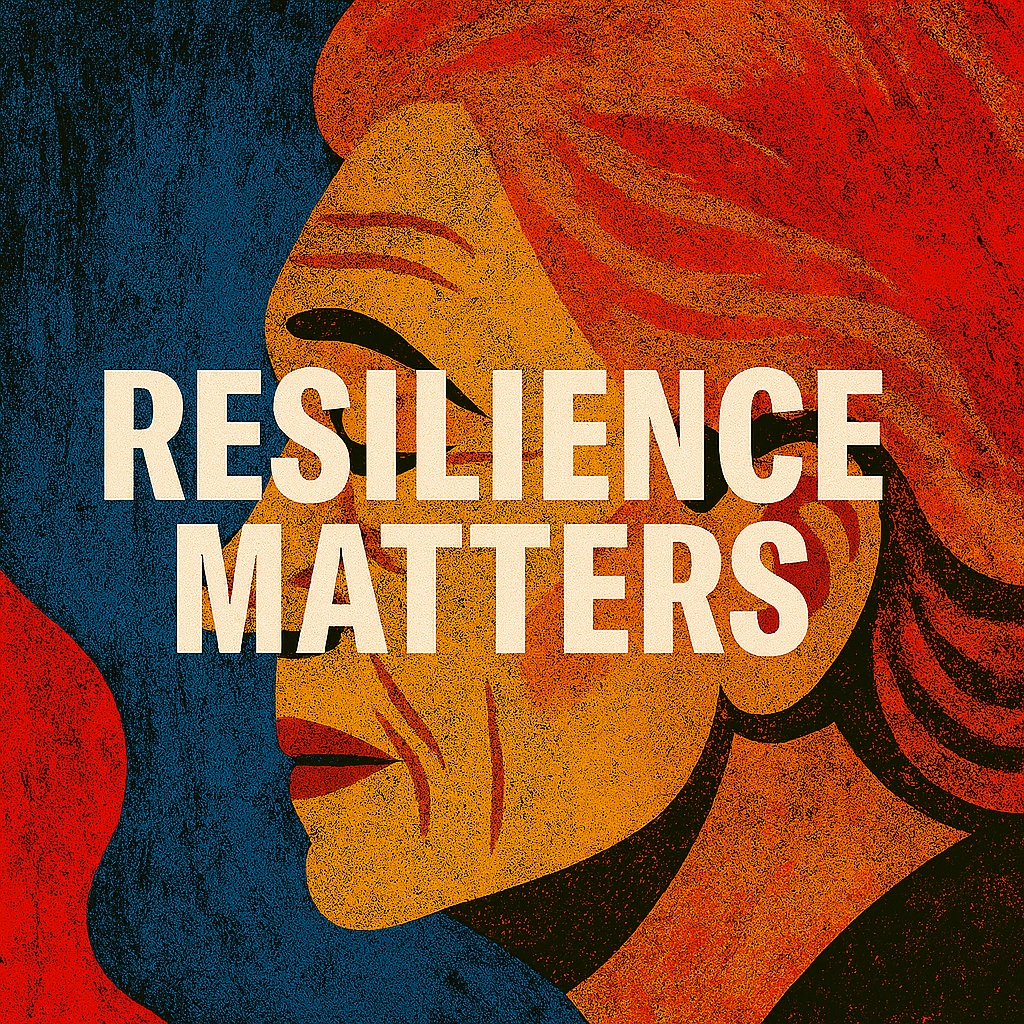
Emotional Intelligence In Sport Leadership
Leadership is emotional fluency. Great leaders read emotional cues, regulate their own emotions, and respond with empathy. Emotional intelligence is not soft—it is strategic. It shapes team culture, performance, and legacy. Leaders model emotional behavior. Their tone becomes team rhythm. Emotional intelligence includes self-awareness, empathy, regulation, and social skill. Leaders who lack emotional intelligence lose trust. Emotional intelligence builds psychological safety. It allows athletes to take risks, fail, and grow. Emotional intelligence is also tactical. It informs timing, messaging, and decision-making. Leaders use emotional intelligence to manage crisis. Injuries, defeats, controversies—these require emotional navigation. Emotional intelligence is teachable. Coaches train captains in emotional literacy. Emotional intelligence is also symbolic. Leaders use gestures, rituals, and silence to communicate emotion. Emotional intelligence builds legacy. Athletes remember how leaders made them feel. Emotional intelligence is emotional architecture. It shapes how teams respond to pressure. Emotional intelligence is not perfection—it is presence. It is the ability to stay emotionally grounded in chaos. Emotional intelligence is the future of sport leadership.
Emotional Intelligence Traits In Sport Leaders
| Trait | Emotional Function | Leadership Outcome |
|---|---|---|
| Self-Awareness | Recognizing own emotional state | Authenticity, emotional clarity |
| Empathy | Understanding others’ emotions | Trust, connection, emotional safety |
| Regulation | Managing emotional intensity | Stability, resilience, tactical control |
| Social Skill | Navigating emotional dynamics | Cohesion, influence, emotional fluency |
| Emotional Timing | Choosing emotional moment wisely | Impact, resonance, strategic leverage |
| Symbolic Gesture | Communicating emotion nonverbally | Depth, legacy, emotional imprint |
| Vulnerability | Sharing emotion with intention | Humanity, emotional transparency |
| Emotional Literacy | Naming and framing emotion | Insight, emotional navigation |
| Emotional Adaptability | Shifting emotional tone as needed | Flexibility, emotional intelligence |
| Emotional Legacy | Leaving emotional imprint | Memory |
Emotional Resilience – The Long-Term Architecture Of Endurance
Resilience is emotional architecture built over time. It is not a trait—it is a structure. Athletes construct resilience through repeated emotional exposure. Pressure, failure, triumph, and recovery become building blocks. Emotional resilience is not toughness—it is adaptability. It allows athletes to bend without breaking. Resilience is shaped by emotional rituals, support systems, and internal dialogue. Athletes who reflect build emotional scaffolding. They learn to reframe setbacks. Emotional resilience is also relational. Teammates, coaches, and family reinforce emotional strength. Isolation erodes resilience. Connection restores it. Resilience is tested in silence. In injury. In rejection. In transition. Emotional resilience is not linear—it fluctuates. Athletes learn to ride emotional waves. Resilience is emotional memory. It stores proof of survival. Athletes revisit past recoveries to fuel future ones. Emotional resilience is also symbolic. A gesture. A phrase. A ritual. These become emotional anchors. Resilience is not just recovery—it is transformation. Athletes who grow through adversity become emotionally expansive. They gain depth, empathy, and perspective. Emotional resilience is legacy work. It shapes how athletes are remembered. It is the emotional thread that ties together a career. Resilience is not heroic—it is human. It is the quiet architecture behind every comeback.
Resilience Building Blocks In Sport
| Resilience Factor | Emotional Mechanism | Long-Term Impact |
|---|---|---|
| Emotional Reflection | Processing past emotional events | Insight, emotional maturity |
| Support Systems | Relational reinforcement, empathy | Stability, emotional safety |
| Ritual Continuity | Symbolic repetition, emotional anchoring | Identity, emotional rhythm |
| Narrative Reframing | Changing emotional meaning of events | Growth, emotional leverage |
| Emotional Literacy | Naming and understanding emotion | Clarity, emotional navigation |
| Recovery Practice | Intentional emotional reset | Sustainability, emotional hygiene |
| Vulnerability Expression | Sharing emotion with trust | Connection, emotional depth |
| Emotional Adaptability | Shifting emotional tone under pressure | Flexibility, emotional intelligence |
| Legacy Awareness | Emotional perspective over time | Purpose, emotional coherence |
| Silence And Stillness | Emotional pause, internal recalibration | Depth, emotional gravity |
Conclusion – Emotion As The Meaning Of Sport
Emotion is not the background of sport—it is the meaning. Every win, every loss, every ritual, and every legacy is shaped by feeling. Athletes are emotional architects. They build careers not just with skill but with emotional structure. Teams are emotional ecosystems. Coaches are emotional guides. Fans are emotional amplifiers. Media is emotional storyteller. Emotion defines rhythm, memory, and myth. It turns performance into narrative. It transforms competition into culture. Emotional intelligence is the future of sport. It is the key to longevity, cohesion, and legacy. Emotion is not weakness—it is signal. It reveals truth. It builds connection. It sustains passion. Athletes who master emotion master sport. Emotion is the invisible force behind every game. It is the pulse of performance. The architecture of resilience. The language of legacy. Emotion is not what sport adds—it is what sport is. It is the reason we remember. The reason we care. The reason we return. Emotion is the final score that never fades.
Join The Discussion – Emotional Truth In Sport
This editorial is a modular invitation. Not to debate—but to feel. To reflect on the emotional architecture behind every match, every moment, every myth. Whether you are an athlete, coach, fan, or storyteller, your emotional lens matters.

